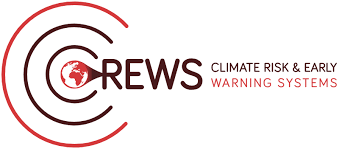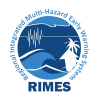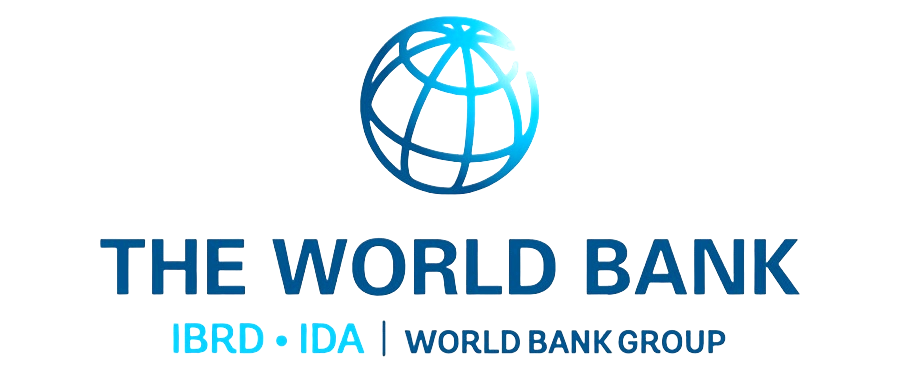CREWS for South Asia (CREWS SA)
Climate Risk and Early Warning Systems (CREWS)

The Climate Risk and Early Warning Systems (CREWS) initiative is a financial mechanism which funds projects in the Least Developed Countries (LDCs) and Small Island Developing States (SIDS) to establish risk-informed early warning services. The CREWS Steering Committee approved CREWS South Asia (CREWS SA) for the pipeline and requested WB as lead implementing partner to facilitate the formulation of the full proposal.
CREWS SA will be implemented by The World Meteorological Organization (WMO) (lead agency), World Bank and the United Nations Office for Disaster Risk Reduction (UNDRR) with additional involvement of the WMO network/UN agencies, the Regional Integrated Multi-hazard Early Warning System for Africa and Asia (RIMES), MeteoSuisse, International Federation of Red Cross and Red Crescent Societies, among others.
Project Overview
CREWS SA Project represents a groundbreaking regional initiative designed to strengthen collaboration and enhance early warning capabilities across South Asia. Built around and in support of the South Asia Hydromet Forum (SAHF), this four-year project addresses the urgent need for improved hydrometeorological services in one of the world’s most climate-vulnerable regions.
It aims to create a robust, integrated regional platform for sharing data, technology, and expertise across participating countries. The project will focus on building technical capacity within National Meteorological and Hydrological Services (NMHSs), advancing the use of impact-based forecasting, and improving multi-hazard early warning systems.
Through its support to SAHF working groups, CREWS SA will enhance cross-border coordination, standardize methodologies for data collection and forecast dissemination, and facilitate the co-development of tools and services tailored to the region’s diverse climate risks. Special emphasis will be placed on making warnings accessible, inclusive, and actionable-ensuring that women, marginalized communities, and remote populations are not left behind.
Ultimately, the project seeks to reduce loss of life, protect livelihoods, and strengthen climate resilience by providing governments, sectors, and communities with timely, reliable, and actionable early warning information.
Quick Facts
Duration:
The CREWS SA Project will be implemented over a four-year period, from 2025 to 2029, allowing sustained engagement with partner countries and institutions to achieve long-term resilience outcomes.
Lead Implementing Partner:
The World Meteorological Organization (WMO) serves as the lead implementing agency, providing overall project management, coordination, and technical oversight.
Partners:
This initiative is delivered in collaboration with key global and regional partners:
- World Bank (WB)
- United Nations Office for Disaster Risk Reduction (UNDRR)
- Regional Integrated Multi-Hazard Early Warning System (RIMES)
Beneficiaries:
This project will directly benefit SAHF Member Countries, particularly Bangladesh, Maldives, Myanmar, and Nepal (countries with LDC/SIDS status)
Objectives
The objectives of the project fall into three components:
- Component 1: Strengthen regional collaboration by strengthening SAHF as regional collaboration mechanism, facilitating pooling of expertise, and improving hydrometeorological and early warning services.
- Component 2: Improve the quality and efficiency of forecasting and early warning services by enhancing the capacities of NMHSs across the region following the value chain approach.
- Component 3: Ensure that early warning programs are driven by people-centered and gender responsive principles; and promote private sector engagement.



